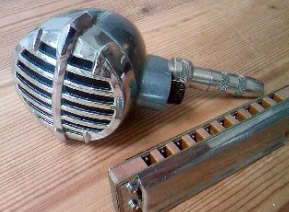Pack Fair And Square – Mark Feltham […with tab]
 Life is like a card game, you always take a chance
Life is like a card game, you always take a chance
And so to the final installment in our 9 Below Zero trilogy. So far we have covered Riding On The L&N and Swing Job. We’ve looked at the key musical influences in each case and considered some of the history involved. We’ve also tried tabbing out the harp parts. Pack Fair And Square holds no secrets. It’s drawn directly from The J.Geils Band’s live Full House album. Simple.
With 80s contemporaries such as The Cheaters from Manchester, 9 Below Zero were inspired by the high voltage delivery of the J.Geils Band’s live performance and they set about reproducing it British Pub-Rock style. (more…)





